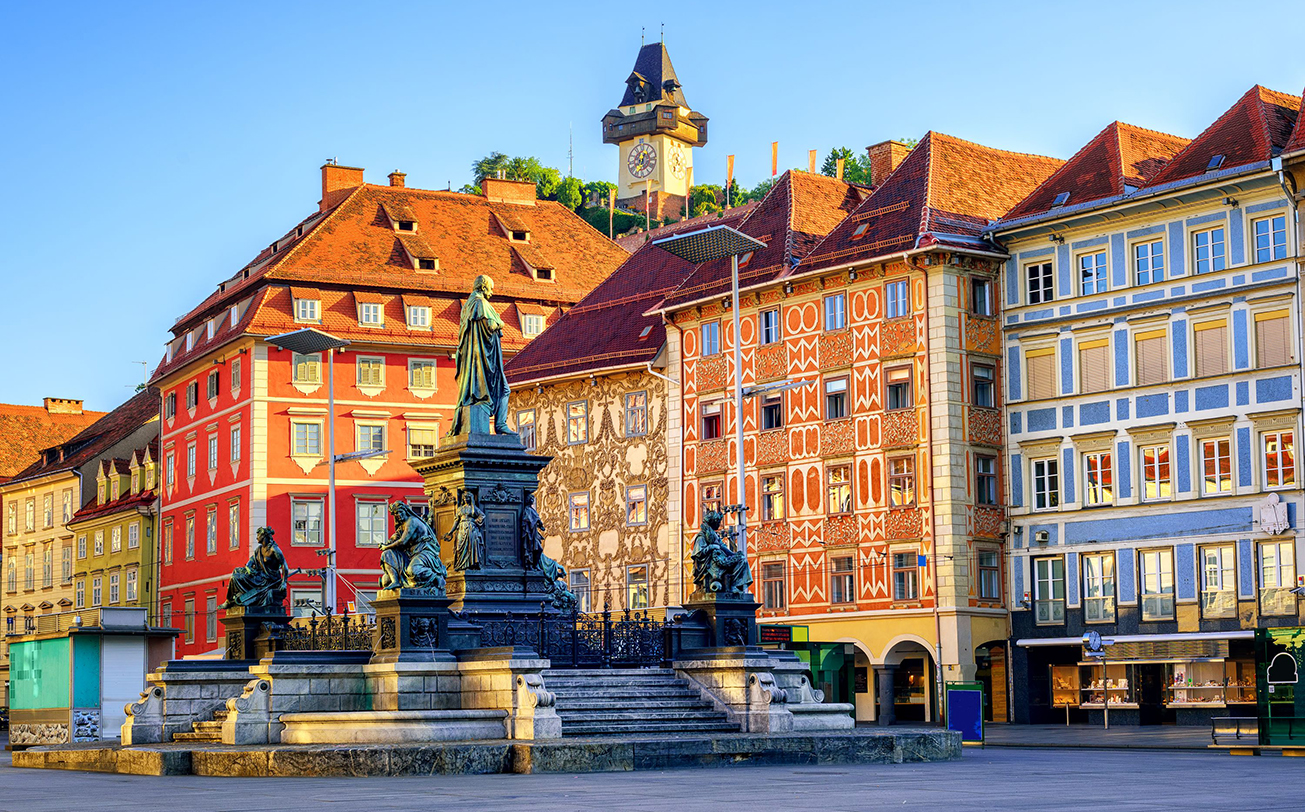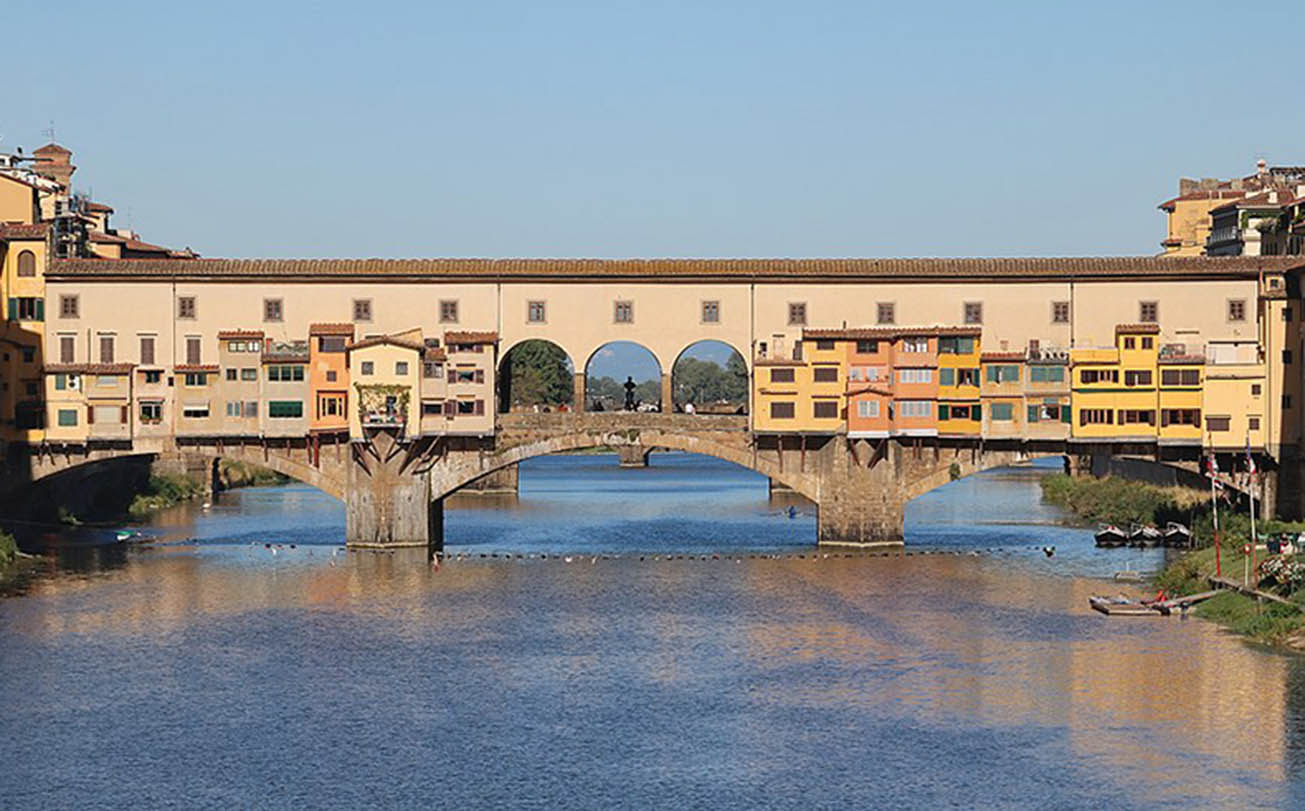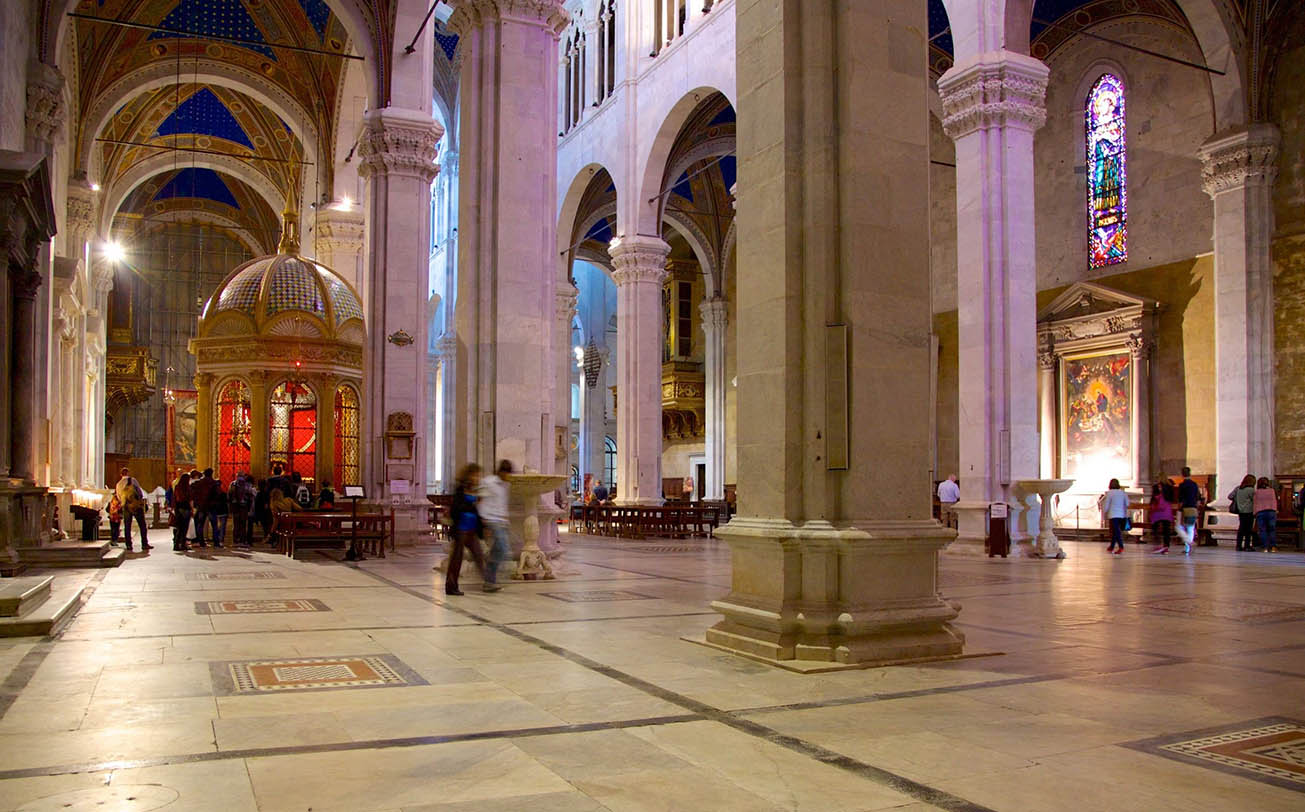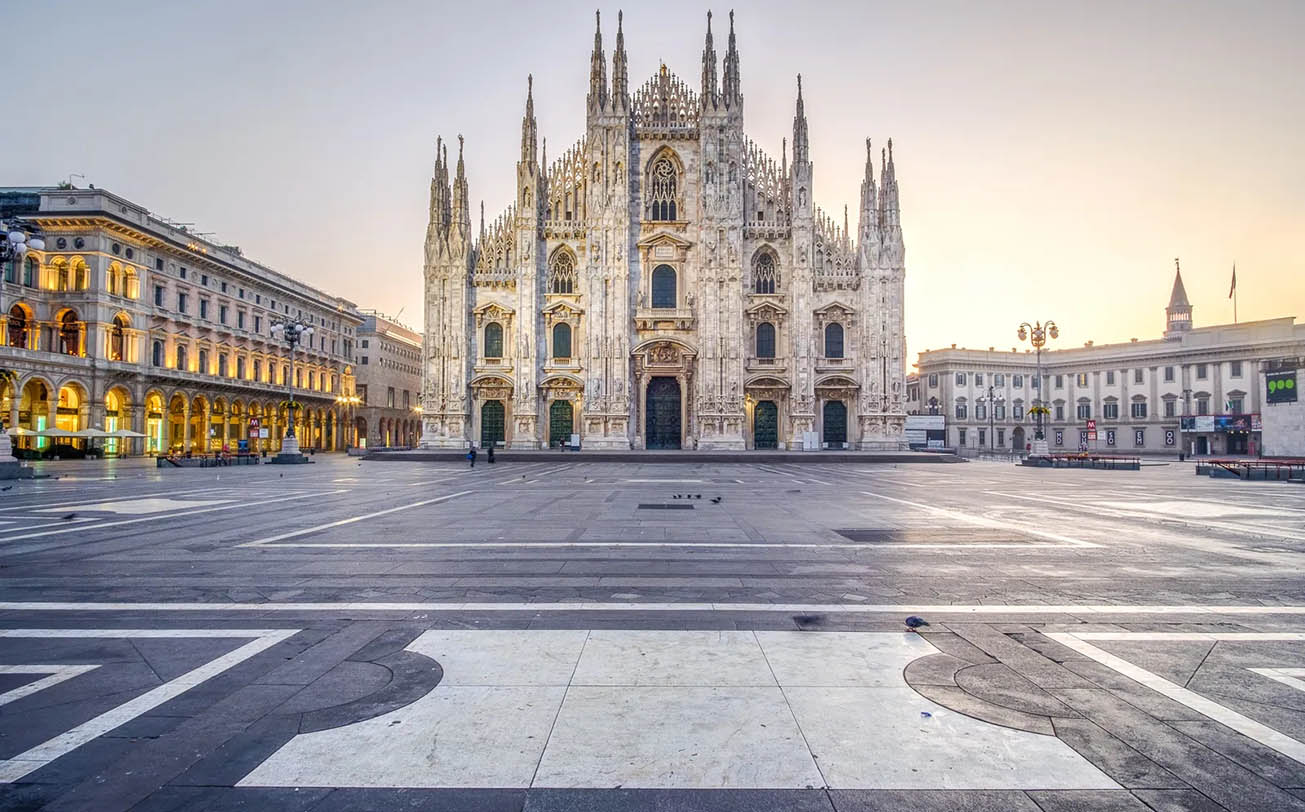Graz, the second-largest city in Austria, is renowned for its rich history and unique blend of modern architecture. I arrived in Graz on a sunny August morning, eager to delve into its charming streets and contemporary landmarks. The city effortlessly combines historical charm with striking modernity, creating an enchanting destination for any traveler. Let me take you on a detailed tour of Graz, showcasing its diverse attractions and the fascinating contrasts it offers.
Exploring the Historic Center of Graz
My adventure began in the historic center of Graz, a UNESCO World Heritage site known for its well-preserved medieval architecture and vibrant atmosphere. I started my exploration at Hauptplatz, the main square of the city. This central hub is surrounded by an array of historic buildings and quaint streets, and it serves as the heart of Graz.
The square is dominated by a grand fountain, and the surrounding buildings feature stunning examples of Baroque architecture. As I strolled around the square, I was captivated by the rich history embedded in every structure. The brightly colored facades of the buildings created a lively and picturesque setting that perfectly captured the essence of Graz’s past.
Visiting the Landhaus Courtyard
From Hauptplatz, I made my way to the Landhaus (Land House), one of Graz’s most iconic historical buildings. This building, one of Austria’s oldest parliamentary buildings, is renowned for its elegant Renaissance architecture and beautiful courtyard.
The Landhaus Courtyard is a highlight with its lovely gardens and intricately carved arcades. Wandering through this courtyard, I felt as though I had stepped back in time. The historic charm and architectural details provided me with a deeper understanding of Graz’s historical and cultural heritage.
Discovering Glockenspielplatz
Next on my itinerary was Glockenspielplatz (Clock Tower Square), known for its distinctive clock tower and charming alleys. The clock tower, a local landmark, features a unique clock that performs a short, entertaining chime every hour, drawing crowds of visitors.
I wandered through the narrow lanes surrounding the square, taking in the historical buildings and the lively atmosphere created by street performers. The relaxed and jovial ambiance of Glockenspielplatz was a delightful contrast to the historical gravitas of the previous sites.
Exploring St. Egidien Cathedral
Continuing my journey, I visited St. Egidien Cathedral (Domkirche St. Egidien), one of Graz’s most important religious landmarks. This cathedral is renowned for its impressive Gothic architecture. The interior is adorned with stunning stained glass windows and intricate carvings, creating a sacred and awe-inspiring atmosphere.
As I explored the cathedral, I was moved by its artistic details and the profound sense of history it embodied. The soaring spires and ornate decorations showcased the pinnacle of medieval craftsmanship, providing a deeper appreciation of Graz’s religious and cultural heritage.

Visiting the Ferdinand II Tomb
Leaving St. Egidien Cathedral, I proceeded to the Ferdinand II Tomb. This mausoleum is the final resting place of Ferdinand II, a significant figure in Austrian history and a former Emperor of the Habsburg dynasty. The tomb is marked by its solemn and elegant architecture, reflecting the grandeur of the era.
Standing before the tomb, I felt the weight of history and the legacy of the Habsburg dynasty. The meticulous details and the grandeur of the tomb offered a direct connection to Austria’s historical past and the artistic achievements of that period.
Climbing the Graz Clock Tower and Schlossberg
Next, I set my sights on the Graz Clock Tower (Uhrturm) and Schlossberg, the hill that it sits atop. The clock tower, one of the city’s most iconic landmarks, offers panoramic views of Graz from its vantage point on the hill.
The ascent to Schlossberg involves a steep but rewarding climb. As I made my way up the hill, the changing landscape and breathtaking views kept me motivated. At the top, the clock tower provides a stunning perspective of the city, with its mix of historical buildings and green spaces.
The view from Schlossberg offered a sweeping panorama of Graz, including its surrounding mountains and the cityscape. The historical significance and the panoramic vistas made the climb a memorable highlight of my visit.
Marveling at Graz’s Futuristic Architecture
Graz is not only known for its historical and traditional buildings but also for its striking examples of futuristic architecture. The contrast between the old and new is particularly evident in the city’s modern district.
One standout modern architectural marvel is the Kunsthaus Graz (Graz Art Museum). The museum, with its distinctive “alien” design, showcases a futuristic and unconventional appearance. Inside, the museum’s exhibitions and modern art collections were equally impressive, reflecting Graz’s commitment to innovative design and contemporary art.
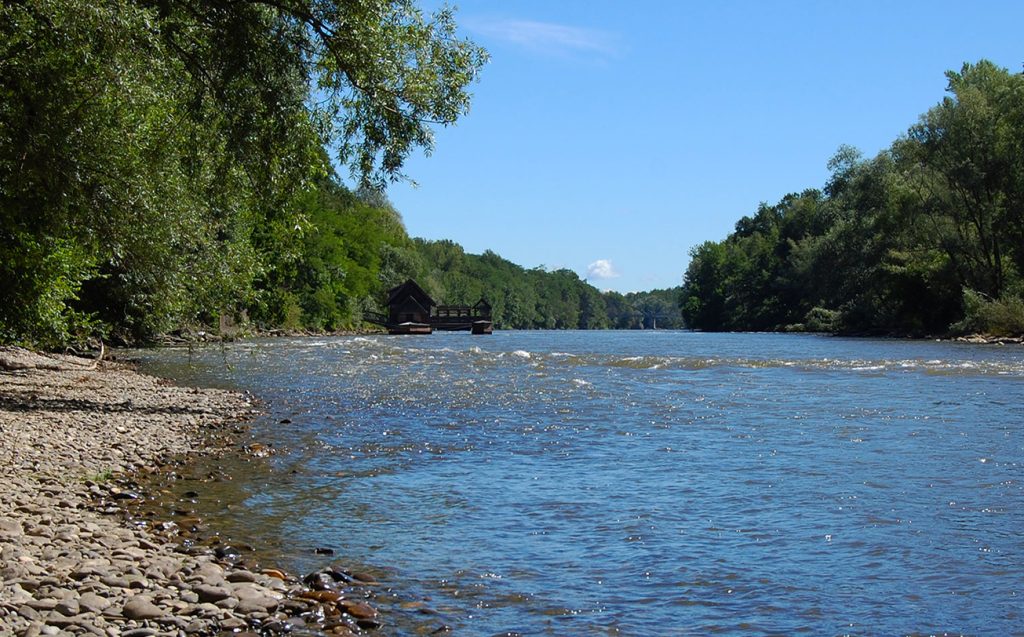
Strolling Along the Right Bank of the Mur River
To conclude my exploration, I took a leisurely stroll along the Murinsel (Mur Island), a modern urban park and recreational area situated on the right bank of the Mur River. The park features spacious pathways, lush green lawns, and comfortable seating areas, providing a perfect spot to relax and enjoy the city’s natural beauty.
Walking along the Murinsel, I took in the scenic views and the serene atmosphere. The contemporary design of the park, combined with the peaceful surroundings, offered a fitting end to my journey through Graz. The right bank of the Mur River provided a tranquil environment, allowing me to reflect on the city’s unique blend of historical and modern attractions.
August in Graz offers a diverse range of experiences, from its historic sites to its modern architectural wonders. The city’s combination of ancient charm and contemporary innovation makes it a fascinating destination for any traveler. Whether you’re interested in history, art, or modern design, Graz has something to offer. My visit provided a deeper appreciation for Austria’s cultural and architectural heritage and left me with lasting memories of a city that beautifully bridges the past and the future. Graz is truly a gem worth exploring, and I’m sure you’ll find its unique blend of historical and modern attractions as captivating as I did.
